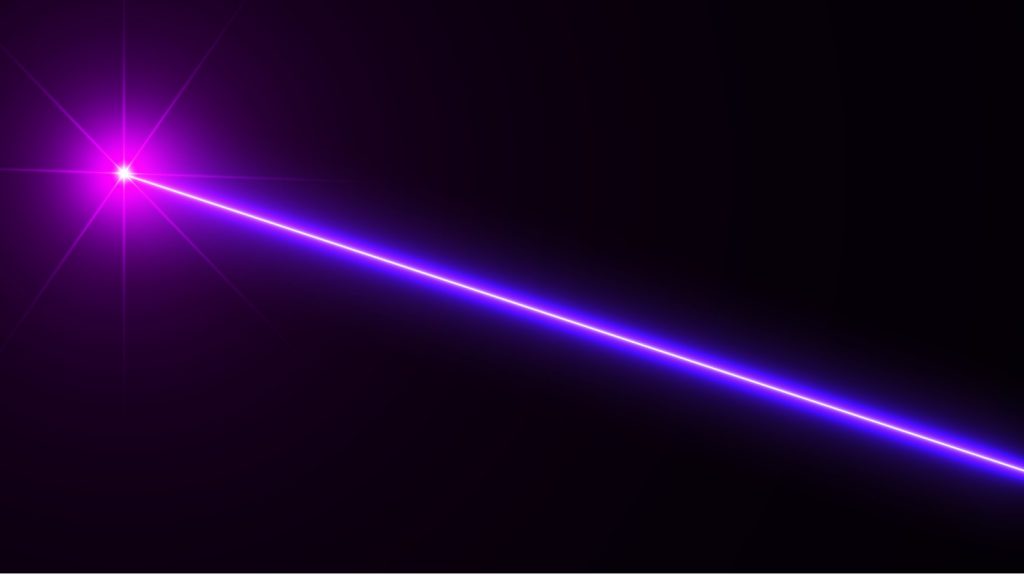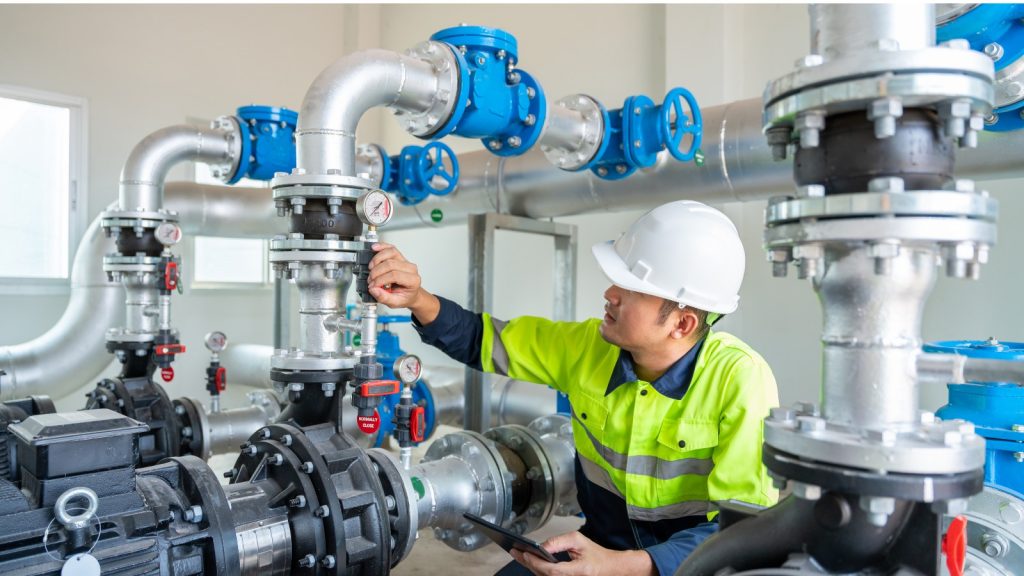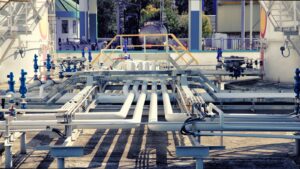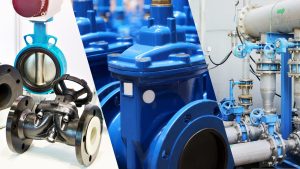Does the reticulation infrastructure belonging to your water treatment plant give you constant fear? Will they break? How can you prevent corrosion? These must be the worries you are carrying inside your head when thinking about the reticulation groundwork. This is why the experts are using cutting-edge technology to keep a safe distance from the challenges. ‘Laser technology’ is one such robust tool you can incorporate into your reticulation maintenance framework in today’s digitalised world.
In this article, we will present you with ways to implement Laser technology in the water industry in order to guarantee the safety of the reticulation infrastructure.
In this article, we will present you with ways to implement Laser technology in the water industry in order to guarantee the safety of the reticulation infrastructure.
We will look into
- Laser-Based Security Systems
- Laser-Embedded Remote Monitoring Systems
- Laser-Induced Breakdown Spectroscopy for Water Quality Analysis
- Laser-Dominated Pipeline Alignment
- Laser Surface Treatment for Corrosion Prevention
- Laser-Based Leak Detection Systems
3. Guaranteeing Water Reticulation Infrastructure’s Safety with Laser Technology
What is Laser Technology?

- This is not a concept or a technology that can be introduced in one or a few words, as it spans a broad range of areas. Laser technology is a modern tool that utilises the properties of coherent light to perform various tasks, and if you wonder what the term ‘laser’ stands for, it implies ‘Light Amplification by Stimulated Emission of Radiation’ according to its extended terminology.
- What type of light are we talking about here? Laser technology operates by producing a concentrated beam of light with specific properties, such as coherence (all waves in phase), monochromaticity (single wavelength), and directionality (narrow beam divergence).
- A laser’s operation depends on a number of essential parts, including an energy source to excite molecules or atoms, a gain medium to facilitate stimulated emission, and mirrors to reflect and intensify light inside the medium.
- Many industries rely on Laser technology in today’s world as it can easily be coupled with many other software such as Sensors, IoT (Internet-of-Things), CCTV, etc.
- The water industry in Australia seems to be more enthusiastic about the employment of Laser technology, understanding what it can actually do to proceed with an uninterrupted service.
Top 6 Ways to Utilise Laser Technology for Reticulation Safety

Laser-Based Security Systems
You may already be aware that you can install laser-based security systems to safeguard critical water infrastructure against unauthorised access or tampering. This is something you can implement as a proactive measure to enhance its safety.
How does the Laser technology achieve this target? It is not that complicated. Laser perimeter detection systems create an invisible barrier around water reticulation facilities in the first place. The purpose of them is to continuously monitor the surroundings for any intrusions. If the Laser-backed systems detect any unauthorised individuals or activities early on, they are designed to provide timely alerts to security personnel.
As you can see, this allows for swift intervention and the prevention of potential security breaches. On the other hand, as a result, there is less chance of pollution, tampering, or interruption of the water supply. This also maintains the integrity and operation of the water infrastructure, preventing malicious behaviour.
How does the Laser technology achieve this target? It is not that complicated. Laser perimeter detection systems create an invisible barrier around water reticulation facilities in the first place. The purpose of them is to continuously monitor the surroundings for any intrusions. If the Laser-backed systems detect any unauthorised individuals or activities early on, they are designed to provide timely alerts to security personnel.
As you can see, this allows for swift intervention and the prevention of potential security breaches. On the other hand, as a result, there is less chance of pollution, tampering, or interruption of the water supply. This also maintains the integrity and operation of the water infrastructure, preventing malicious behaviour.
Laser-Embedded Remote Monitoring Systems
The number one obstacle that you encounter in the framework of ensuring reticulation safety is that they are located in areas that cannot be conveniently monitored manually. For that, you will need robust technology that will give you remote monitoring capacity. This is exactly what exactly the Laser technology does!
The systems that are utilised in the water industry usually employ laser technology to remotely monitor critical components and parameters of the infrastructure, such as pipelines, valves, pressure levels, and flow rates. These systems are able to identify irregularities, leaks, or structural problems in real-time through the continuous analysis of data obtained from sensors and laser-based monitoring devices.
Remote monitoring in the water realm is like having a weapon to fight unseen barriers that can cause the water supply to be interrupted. However, if you have this technology in hand, it permits you to take prompt actions through your maintenance teams, preventing potential infrastructure failures, water loss, or contamination incidents.
The good thing about this is that it allows for preventive measures to be implemented before issues escalate into bigger problems.
The systems that are utilised in the water industry usually employ laser technology to remotely monitor critical components and parameters of the infrastructure, such as pipelines, valves, pressure levels, and flow rates. These systems are able to identify irregularities, leaks, or structural problems in real-time through the continuous analysis of data obtained from sensors and laser-based monitoring devices.
Remote monitoring in the water realm is like having a weapon to fight unseen barriers that can cause the water supply to be interrupted. However, if you have this technology in hand, it permits you to take prompt actions through your maintenance teams, preventing potential infrastructure failures, water loss, or contamination incidents.
The good thing about this is that it allows for preventive measures to be implemented before issues escalate into bigger problems.
Laser-Induced Breakdown Spectroscopy for Water Quality Analysis
Ensuring water quality is also an interwoven problem that comes after reticulation maintenance. Implementing Laser-Induced Breakdown Spectroscopy (LIBS) technology for water quality analysis ensures the safety of water reticulation infrastructure by offering rapid and non-destructive assessment of crucial parameters.
Let us explain how this occurs. Did you know that LIBS operates by focusing a high-energy laser pulse on a small area of the water sample? Yes, it generates a plasma plume through the process of laser-induced breakdown. When the plasma cools, light with distinct wavelengths that match the sample’s elemental composition is released.
Therefore, by analysing the emitted light spectrum, LIBS can identify and quantify various elements present in the water. It can also spot contaminants and essential minerals.
This real-time analysis provides immediate insights into the chemical composition and contamination levels of the water. If water quality is compromised, then this proactive method encourages you to take the necessary actions immediately.
Let us explain how this occurs. Did you know that LIBS operates by focusing a high-energy laser pulse on a small area of the water sample? Yes, it generates a plasma plume through the process of laser-induced breakdown. When the plasma cools, light with distinct wavelengths that match the sample’s elemental composition is released.
Therefore, by analysing the emitted light spectrum, LIBS can identify and quantify various elements present in the water. It can also spot contaminants and essential minerals.
This real-time analysis provides immediate insights into the chemical composition and contamination levels of the water. If water quality is compromised, then this proactive method encourages you to take the necessary actions immediately.
Laser-Dominated Pipeline Alignment
The correct alignment of the pipes plays a significant role in reticulation safety. Do you wonder why? That is because they are essential to prevent stresses, strains, and potential structural failures that could compromise the integrity of the system. This is why your maintenance teams keep a watchful eye on pipe alignments during the initial instalments and maintenance activities.
In this structure, Laser-based alignment systems utilise highly focused laser beams to establish straight and properly positioned pipelines. Not to mention that it minimises the risk of misalignments by 200%, for sure. It also points out the areas that have uneven stress distribution or premature wear and tear.
These systems assist in preventing leaks, breaks, and other malfunctions that can result in water loss, pollution, or supply interruptions by attaining accurate alignment.
In this structure, Laser-based alignment systems utilise highly focused laser beams to establish straight and properly positioned pipelines. Not to mention that it minimises the risk of misalignments by 200%, for sure. It also points out the areas that have uneven stress distribution or premature wear and tear.
These systems assist in preventing leaks, breaks, and other malfunctions that can result in water loss, pollution, or supply interruptions by attaining accurate alignment.
Laser Surface Treatment for Corrosion Prevention
It is common knowledge that corrosion is the biggest culprit behind the compromised safety of water reticulation assets. But you can keep a safe distance from this challenge if you have Laser technology embedded in your systems.
Laser surface treatment enhances the maintenance and longevity of water reticulation infrastructure by forming durable protective layers on pipeline surfaces.
Through the use of laser radiation, the surface composition of the pipes is altered in this process, resulting in a barrier that protects against corrosion, erosion, and other types of damage. The resultant protective coating increases the pipes’ ability to withstand corrosion, increasing their service life and lowering the need for maintenance interventions more frequently.
Laser surface treatment enhances the maintenance and longevity of water reticulation infrastructure by forming durable protective layers on pipeline surfaces.
Through the use of laser radiation, the surface composition of the pipes is altered in this process, resulting in a barrier that protects against corrosion, erosion, and other types of damage. The resultant protective coating increases the pipes’ ability to withstand corrosion, increasing their service life and lowering the need for maintenance interventions more frequently.
Laser-Based Leak Detection Systems
Another aspect your maintenance teams have to take precautions against is possible leaks inside the reticulation infrastructure. When you implement Laser-based leak detection systems, you can avoid this challenge easily, as they promise the safety and integrity of water reticulation infrastructure by promptly identifying and preventing leaks.
You need to understand that if leaks go undetected, they can escalate into larger breaches, leading to water loss, structural damage, contamination risks, and potential disruptions in the water supply. In order to identify leaks, Laser technology in leak detection systems works by directing laser beams across the pipeline network and evaluating the returned signals for anomalies, such as variations in light intensity or wavelength.
These systems can detect leaks with high accuracy and sensitivity, even in challenging environments or buried pipelines, which is a rare yet impressive quality of this modern tool.
You need to understand that if leaks go undetected, they can escalate into larger breaches, leading to water loss, structural damage, contamination risks, and potential disruptions in the water supply. In order to identify leaks, Laser technology in leak detection systems works by directing laser beams across the pipeline network and evaluating the returned signals for anomalies, such as variations in light intensity or wavelength.
These systems can detect leaks with high accuracy and sensitivity, even in challenging environments or buried pipelines, which is a rare yet impressive quality of this modern tool.
Guaranteeing Water Reticulation Infrastructure's Safety with Laser Technology

It is highly essential to employ modern tools such as Laser technology when guaranteeing the safety of your water reticulation framework due to its complex nature. However, you should align the features of the tools with your industry-related requirements in the first place.







